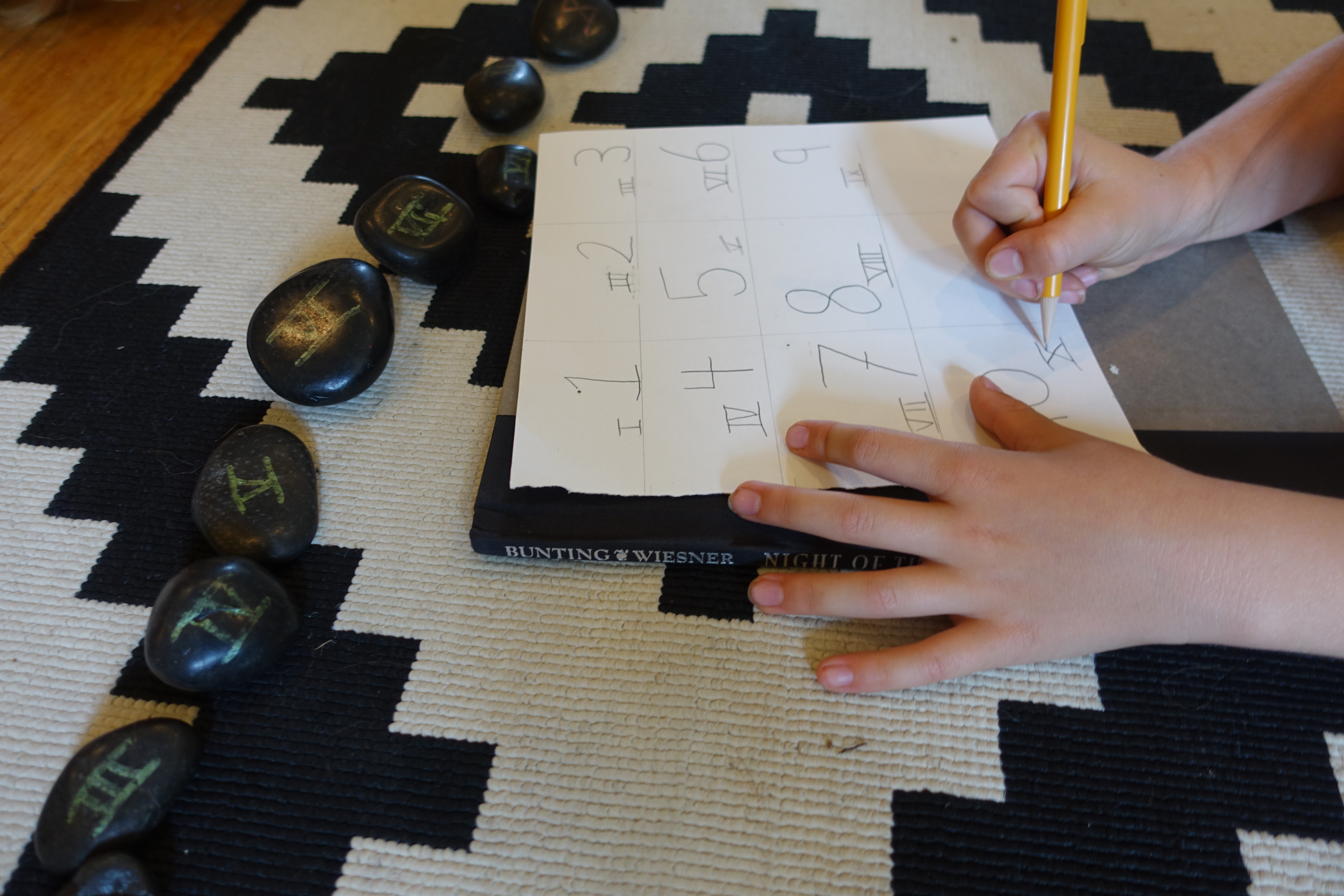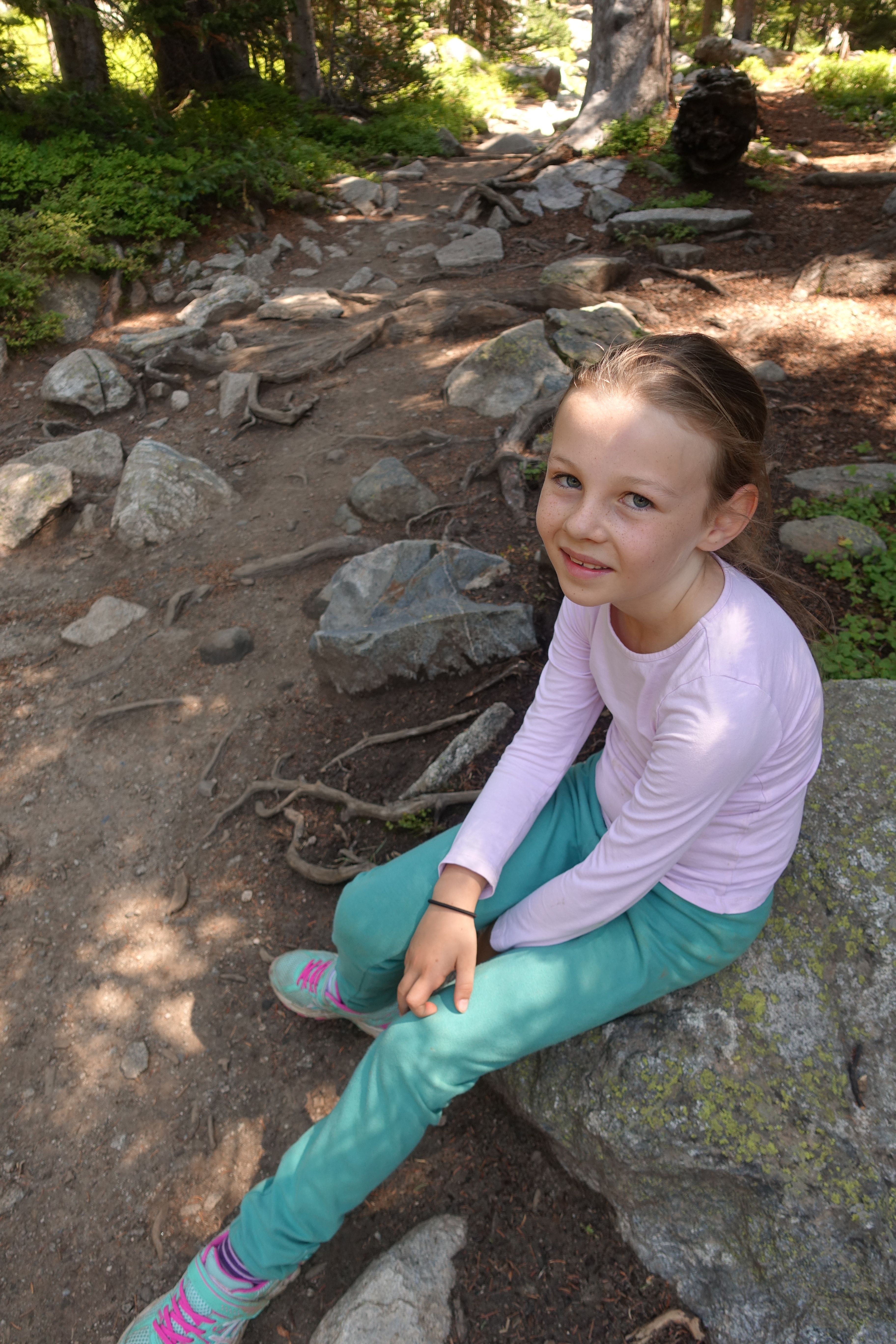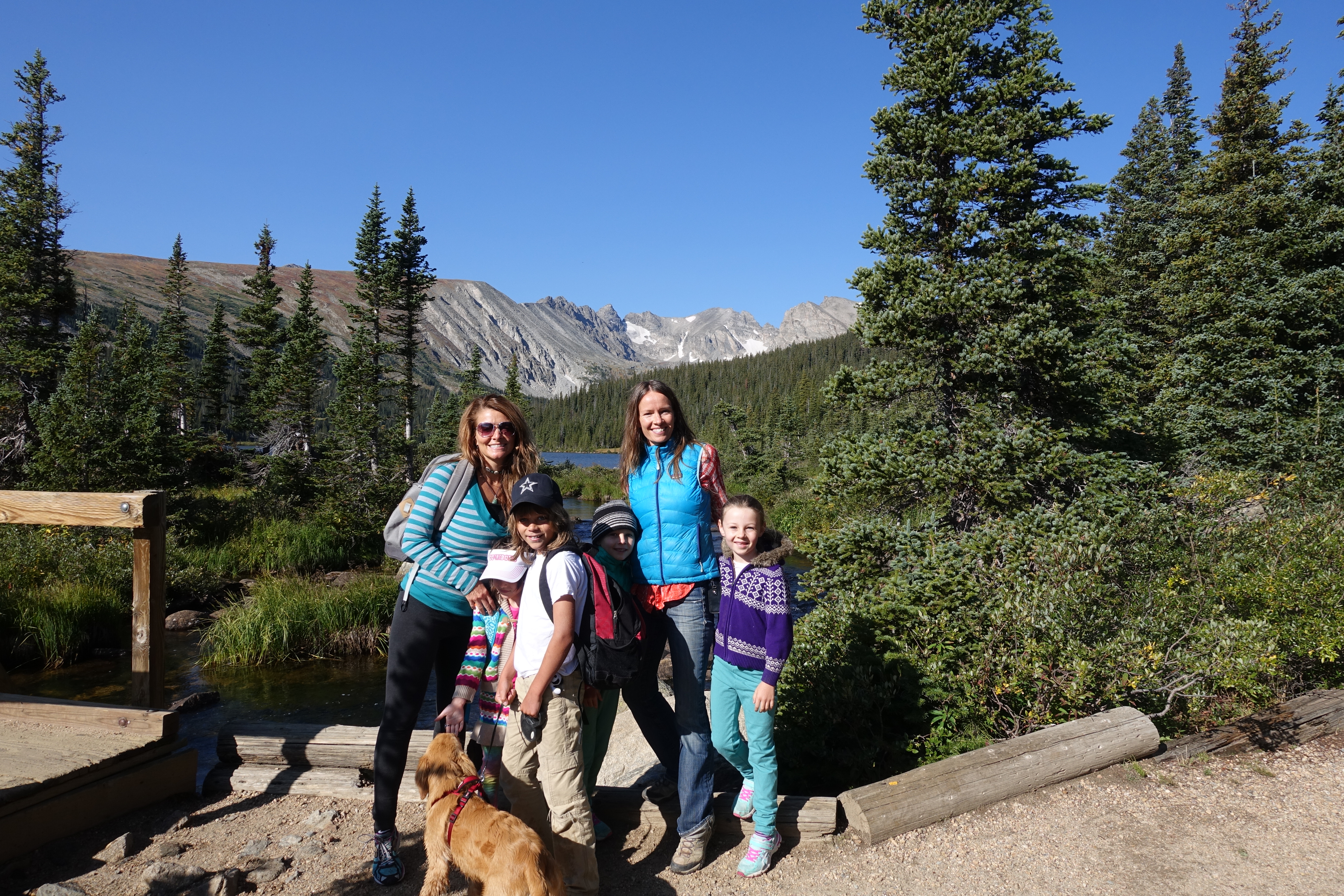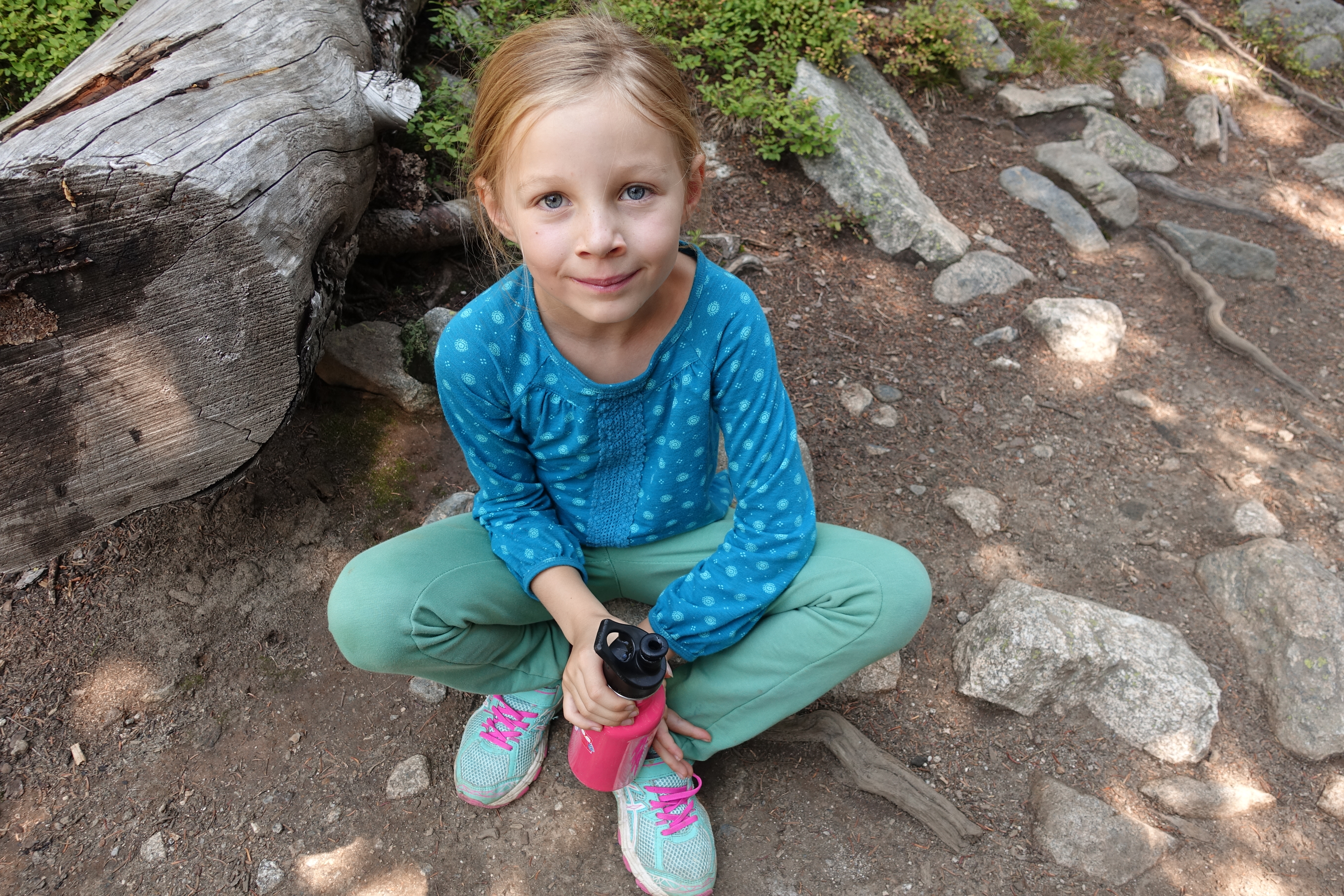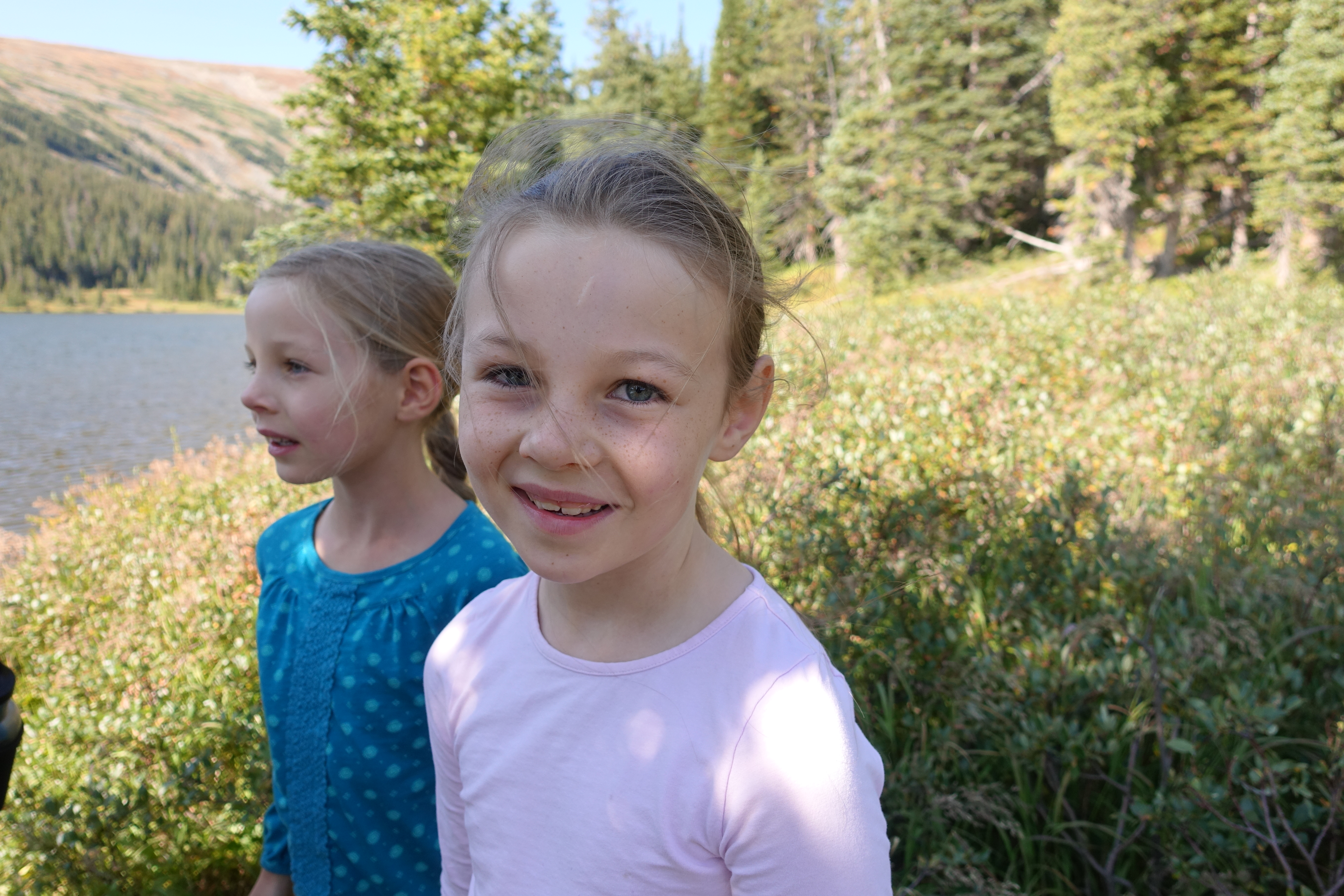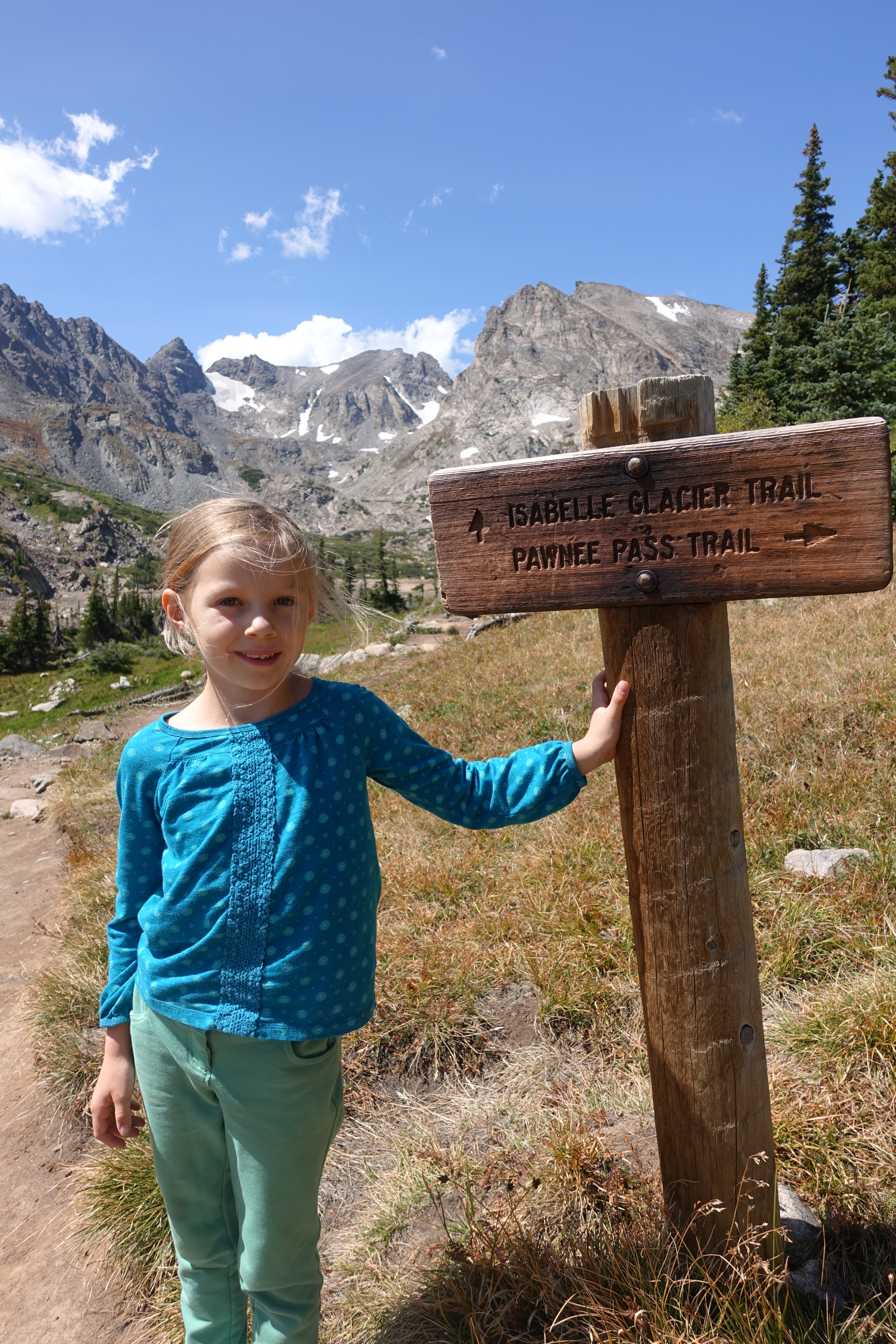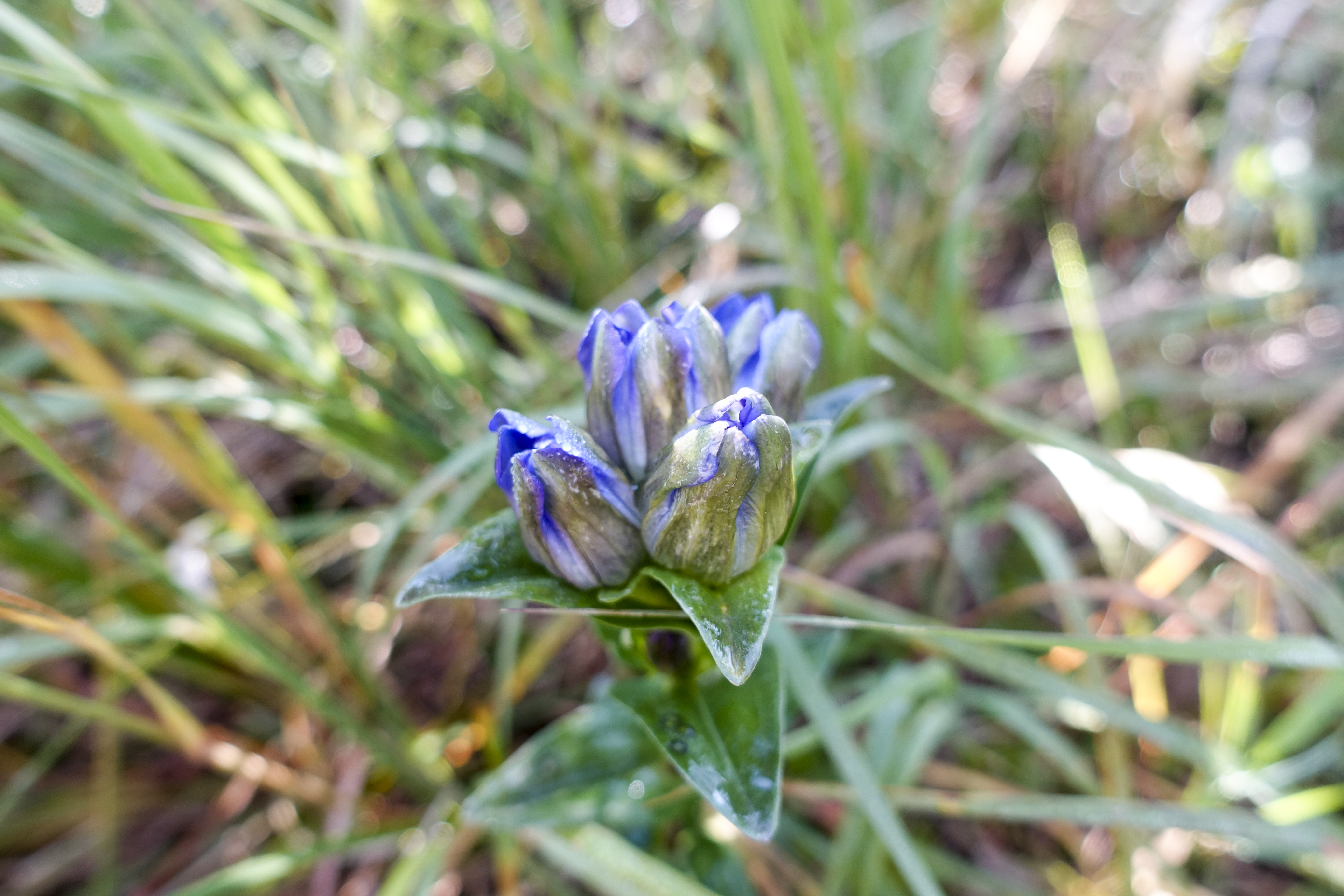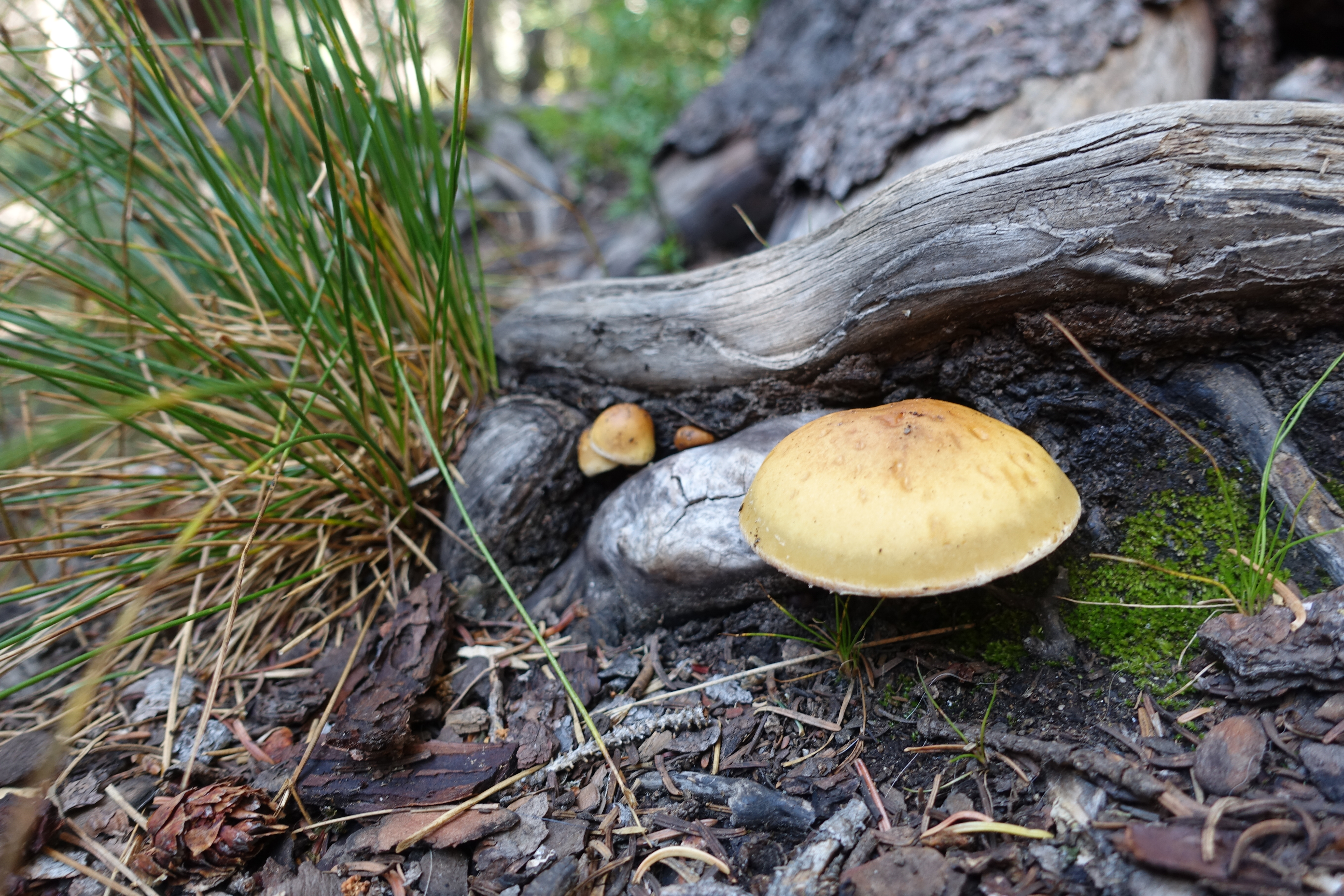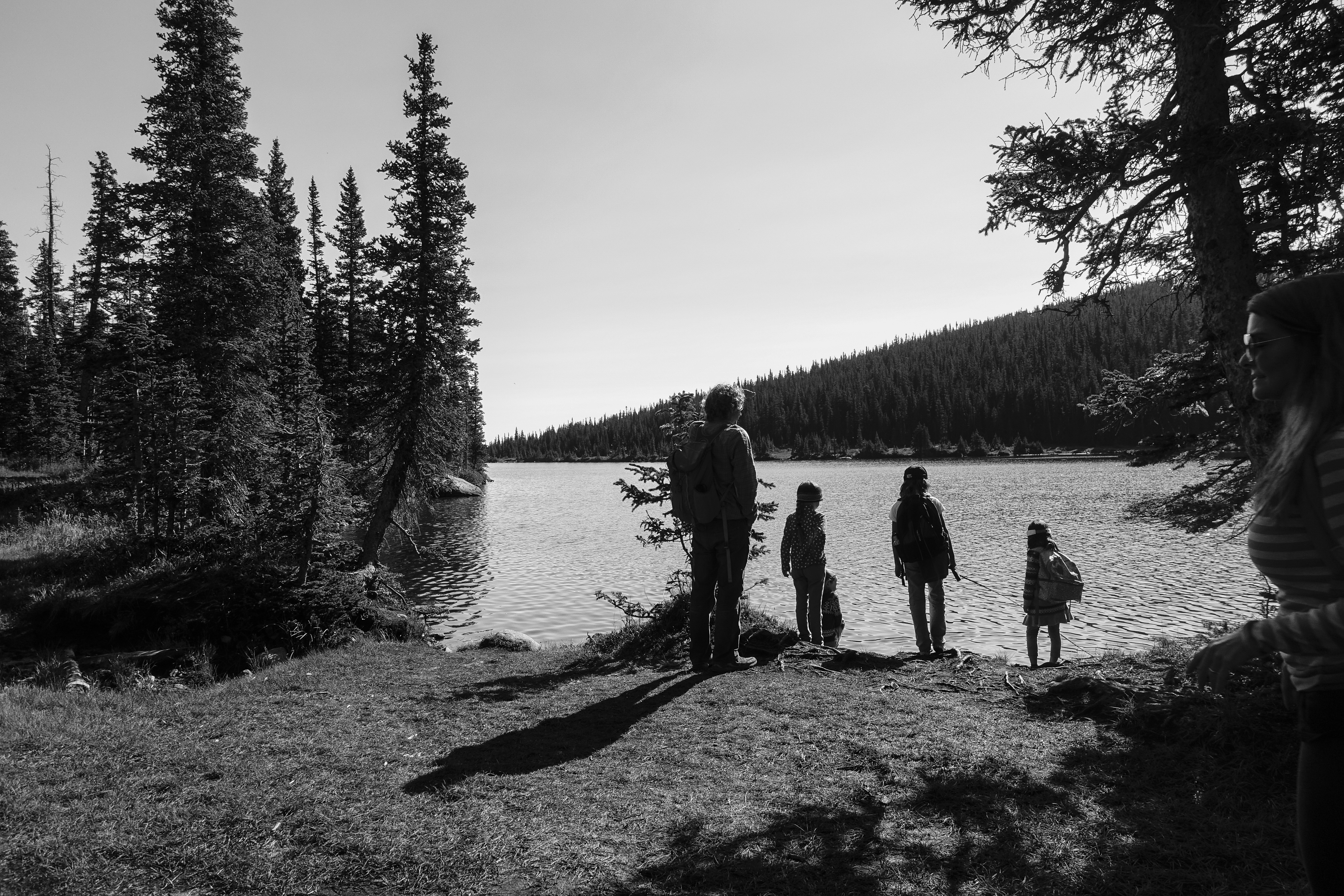Most days, like this one begin early for me & a little later for the girls. I’ve always enjoyed the dark, quiet hours. Early morning fits my need for the quiet & reflective space my head desperately desires. Stephen and I enjoy a leisure devotion time, where we read, journal, and talk over coffee, by candlelight no less! It is a truly sparkly and magical way to start the day, though some days there’s more waffling and coffee. Yoga or the gym follows this restorative session and by the time I get home or am finished, the girls have had their breakfast & their own exercise. These days they’re enjoying either the gym or a 30 minute workout video Ada absolutely lots on youtube. Anna, the host, is from Germany. If I could just get them to follow it IN German, we’d have double periods of our foreign language each day!
Poetry recitation began our school time together. Arlene & Ada are both wrapping up their recitations of Poe’s “The Raven.” It is a substantial poem with 108 lines & they’ve worked diligently at it. We’ve done recitations since before they read and it has had wonderful payoff. Their aptitude for memorization or leaning by ear is phenomenal. I have alongside them been working on verses, too, though with far less mastery! We ended with simple movement while reciting our seasonal poems, then jumped right into Algebra. Surprisingly, Algebra has been a real joy. Yes, a joy! It is fun, engaging, and there are discoverable answers! Yay! We spent about an hour on review and practice work today. There are frustrating moments & full on hilarious moments, like the one on repeat where we say things like: when you’re subtracting a negative, 3- (-3) make it a positive. Like, why?!! And why do I seem to forget this ALL THE TIME. Our review builds in many, if not all of the concepts we’ve learned this term, so we’ll do lovely fractions, meaty unit multipliers, tricky word probelms, some geometry (just in case we want to carpet a half circle and rectanle and only have the radius), and simplifying “things” like this:
-3{[(-2-3+7)] [-5]} / (-2)(-1-3)+8
Working beside them allows me to be able to help when there’s a problem, since I really don’t have this type of mathematics knowledge at my fingertips. Also, I help coach through the frustrations with confidence and reducing the pressure. Though their stint at P2P was a success, there was a lot of pressure to do more and a lot and at times, it did really push their math comfort zone. So, there’s been some backtracking on those experiences with the compass point of let’s get it right, feel comfortable doing it, and take our time!
Currently we’re finishing up a massive geology block, so that was next. The better part of the last week was drafting an informative essay on the entire history of geology in Colorado. Meteorite in breadth! This week, & today, editing final draft & finalizing into their main lesson books. Main lesson books are creative and informative “products” of our learning: creative illustrations, design & curriculum-rich recordings of our studies for each block. While the scope of the essay was a massive endeavor, there’s a lot of big brush strokes until we reach the Cretaceous with the Laramie Orogeny (a mountain building event that led to among other amazing rocky structures, the Rocky Mountains). I had wanted to zoom out more and look at Colorado and the region towards the end of this block, but the sequence I wrote up this summer, focusing on on the foundational pieces of geology, consumed us since the start of the school year! We covered: theories of the universe’ start, formation of stars (foundries of Earth’s building blocks), geologic timelines, plate tectonics, volcanoes, rocks, minerals, mountains, erosion, rivers, and then finally Colorado, with a spotlight focus on Boulder. Arlene finished her essay and wrapped up some artwork of a page entitled: What rock is it? A step by step process we worked on to help determine a type of rock. Lots cuddles with Happy and 2nd AND 3rd “breakfast vittles” were throughly enjoyed during geology today– bonuses of the homeschool life, indeed!
A quick walk, because it has truly been a most amazing and beautiful autumn here in Colorado! The morning is wrapped up with grammar work — squeezed in just before lunch.
We eat lunch late, around 1:15 or 1:30, a tangible rebellion against school lunch at 11 or earlier! Last year we each started our own grammar books: small, sturdy notebooks that include all the rules and examples of our studies that maybe one day could also serve as a reference. Weaving meaning into our work. That’s a driving point in my homeschooling.
While I had some formal instruction in grammar, in junior high, I remember nothing from those years. In 2001, I had to revisit grammar intenseLY as preparation for my M.A. teacher exam in Massachusetts. During that pedagogical episode, I crammed & soon forgot, thus, this grammar notebook is an attempt to learn sincerely and reference easily, all that we master! In addition to the parts of a sentence and a deep look at verbs: states of being verbs, linking, intransitive, transitive, and verb complements, oh my what fun, we have covered phrases and clauses. Today, we practiced grammar analysis (parts of sentence and speech) of classic literature sentences. We love these exercises, though they can be trying some days! Today’s lines were from Jane Austen’s Pride & Prejudice:
“I can guess the subject of your reverie.”
Pro. v. v. adj. n. prep. adj. n.
subj. —–AVP—— DO
Lunch was leisure and lovely. We sat around the coffee table on meditation cushions, shooing Happy frequently, eating and casually talking about the day and upcoming events. Halloween is on the mind, as well as our upcoming celebration of All Soul’s. The girls are going to dress up as dead prom queens. I’m going to be a character of Edward Gorey’s, familiar to many from PBS’ Masterpiece introduction. Stephen, a skeleton? We’re still working on his costume as we are having a hard time getting a tailcoat suit to match my period/style piece.
Why do we homeschool? This is a question frequently asked and rarely answered to the depth that its answer resides in me nor truly deserves. One small & somewhat cheeky answer is to eat our meals together, with lots of time & space. Mealtime is anchor point in our day: an opportunity to share gratitudes, eat mindfully, & sink into the simplicity of life. We nourish ourselves with food and presence. There’s a whole lot more answer to the “big question” but it really is a lifestyle choice, a thread that weaves our days. We step back from focusing on the endgame and live the process of learning and growing. There’s lots of talk about life being a journey, that we have to enjoy the ride, de-emphasize the destination, but not a whole lot of areas in our life that actually model this.
Reading aloud Sleepy Hollow by Washington Irving bookended our school day. We try reading this story every autumn and have had great fidelity this season! There was an interesting conversation about Irving’s language and storytelling versus Jane Austen’s. Both, writers of the English language on different continents were born in the late 18th century. Surprisingly, the folksy, gothic, Sleepy Hollow nudged past P&P, despite its lack of romance! Arlene really focused on Irving’s precise writing (but she said, he doesn’t sacrifice great vocabulary) and lack of amorphous (& lengthy) dialogue. Ada emphasized Sleepy Hollow’s superb plot compared to P&P, which she said wasn’t very compelling. It was amusing & heartwarming to listen & participate in this conversation for a variety of reasons. One, there was astonishment, since last year Jane Austen was all the rave and I had to keep quiet on the matter. I don’t particularly care for Austen’s novels.
We were a little short on transition time after this talk, so they hustled to get the bus for German class. LOVE that they can hop on public transit! They’re taking one class at Boulder High this semester and it has been nothing but smooth sailing. I spent my hour prepping dinner & reading a little of Ron Chernow’s biography on Grant. The late afternoon/evening was a bit of a jigsaw puzzle/relay race with Stephen tutoring, the one car, youth group’s vibe night, and the amazing gift of tickets to see a British a-capella group, Apollo5 in Denver. Managed to coordinate all the pieces for the evening with Stephen and I arriving on time despite the rain, heavy traffic & stress.
our own little “skyscraper box canyon” downtown Denver
The singing was soul-searing (in the best way imaginable) and hypnotic. The first few pieces, from their latest album, Haven, were Renaissance in origin & absolute perfection. Between the girls chorale performances and a few shows we’ve ventured to over the last couple years, I’ve discovered a real passion for a-capella, especially the vintage material!
Haven, Apollo5
Par for the course was some LOVE peppermint chocolate back at home. We heard all about vibe night and how amazing Sprite REALLY is, as well as Arlene’s first place WIN for her Halloween costume!!! She won two free trips to winter camp with youth group in February!! Way to go Arlene!!!!!!!!!!!!!
Center Presbyterian, Denver







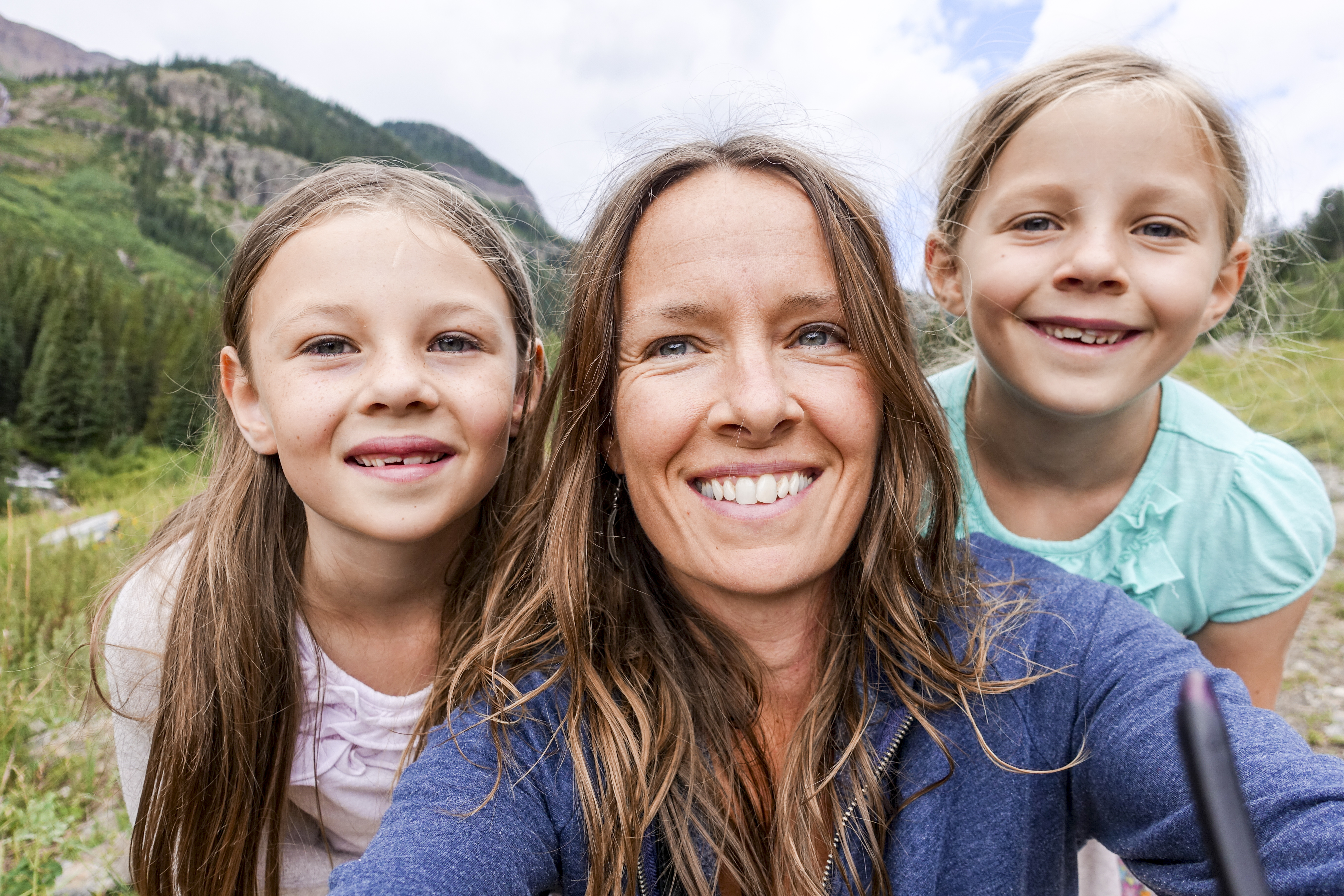












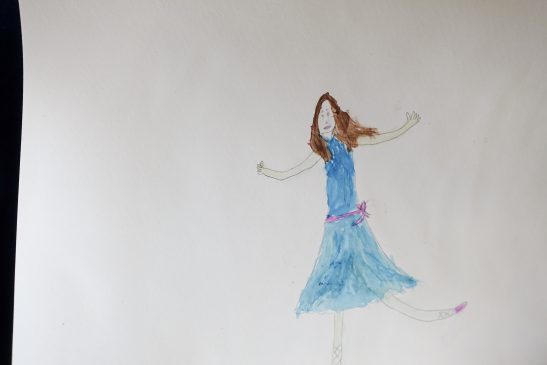

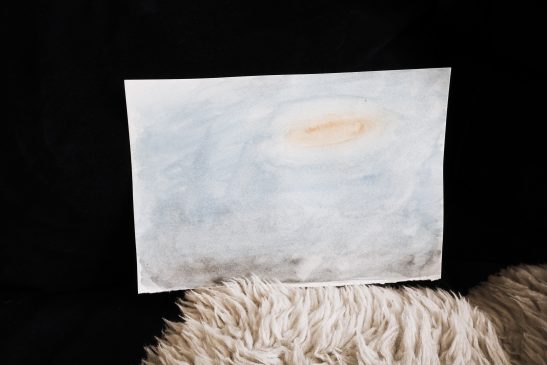































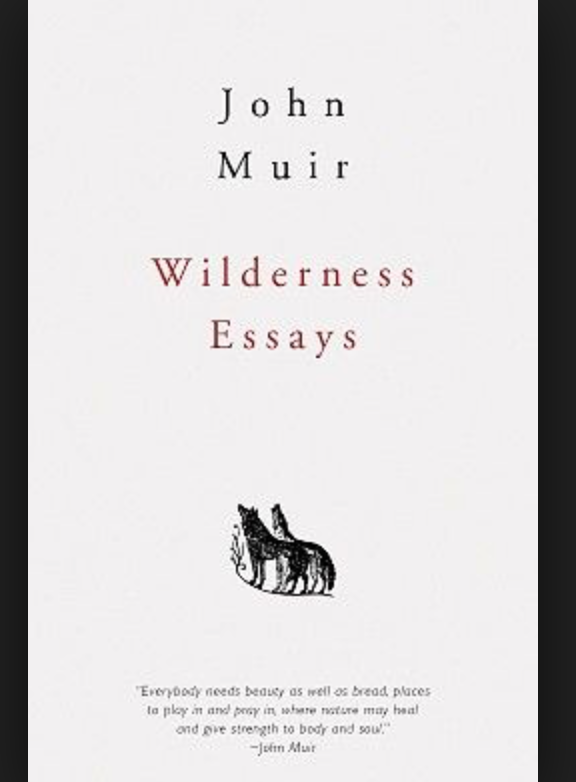


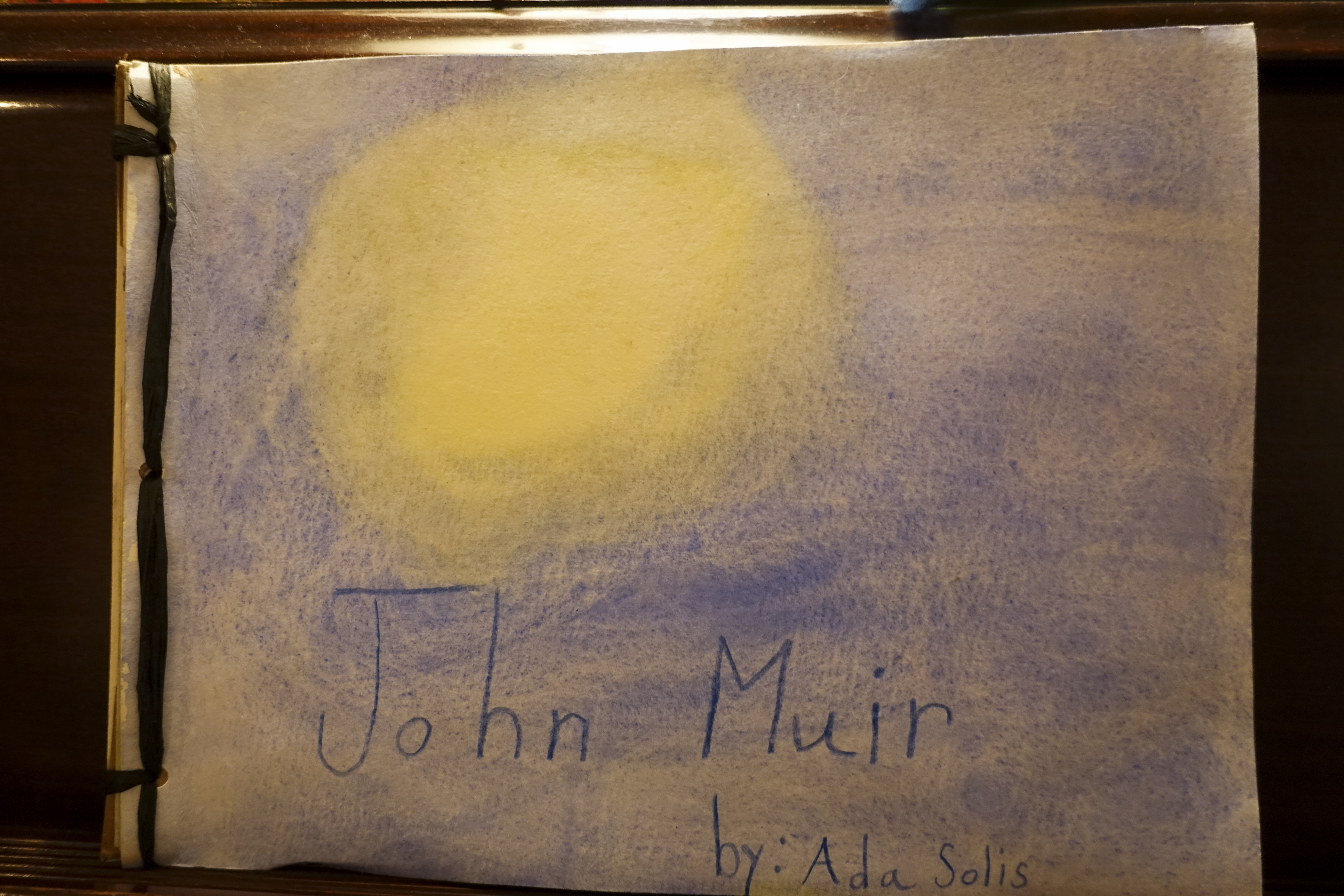



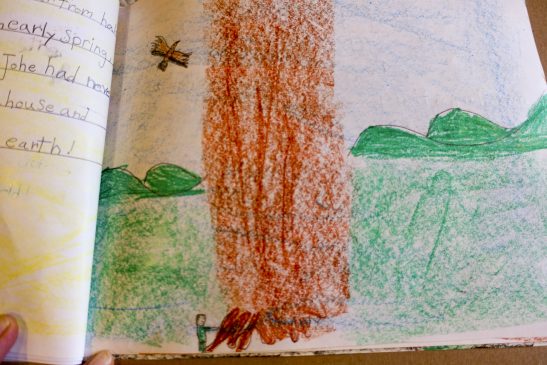



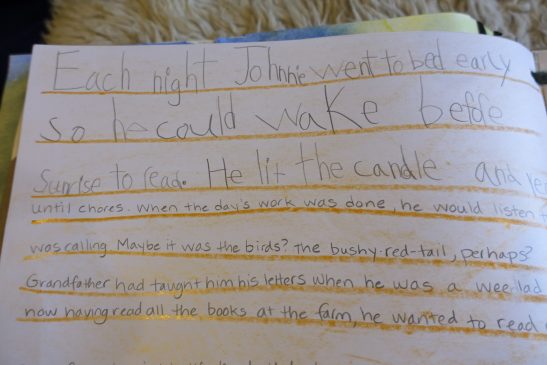
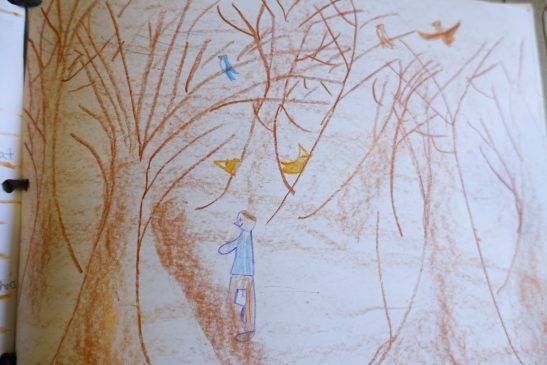



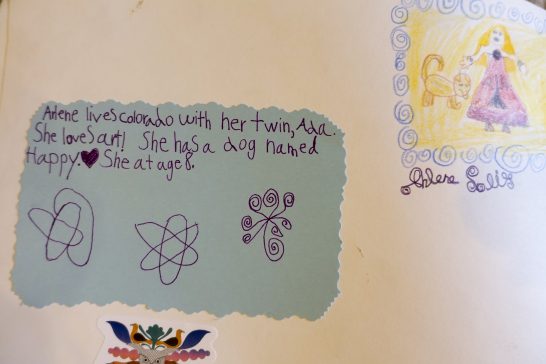
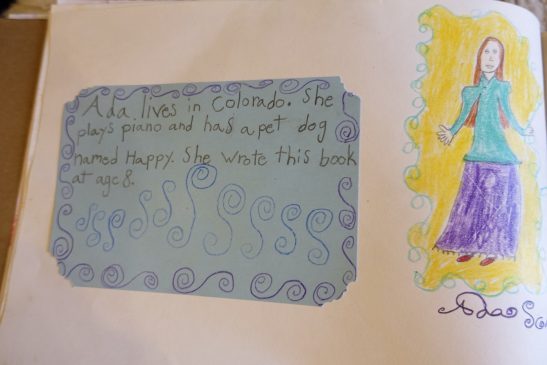





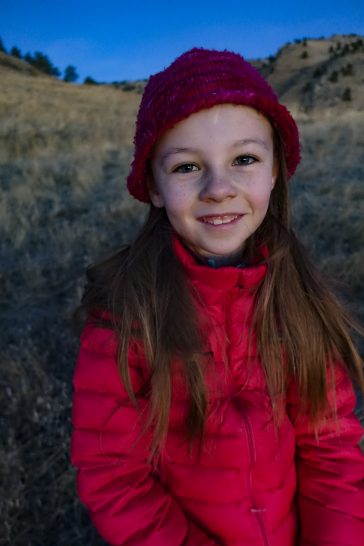
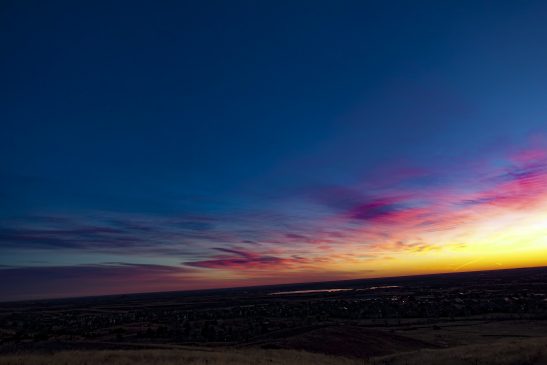

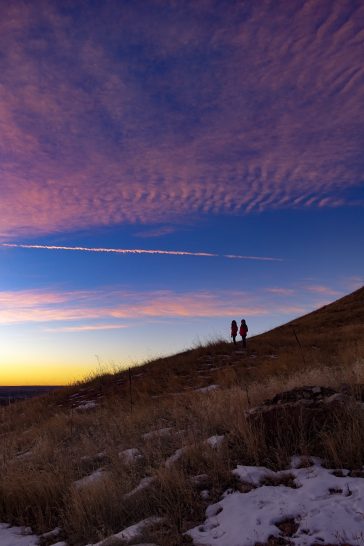


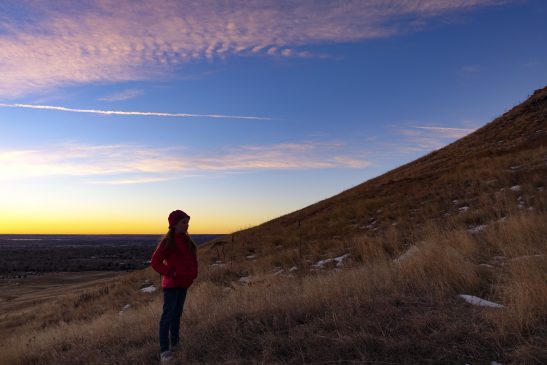


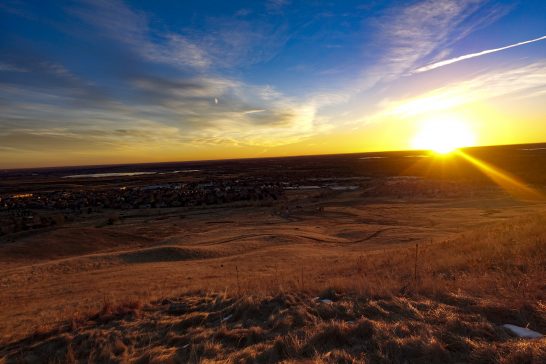


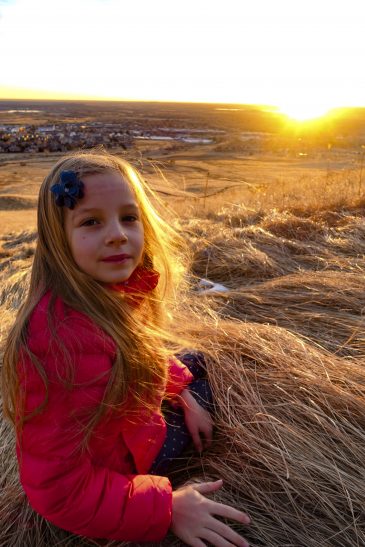


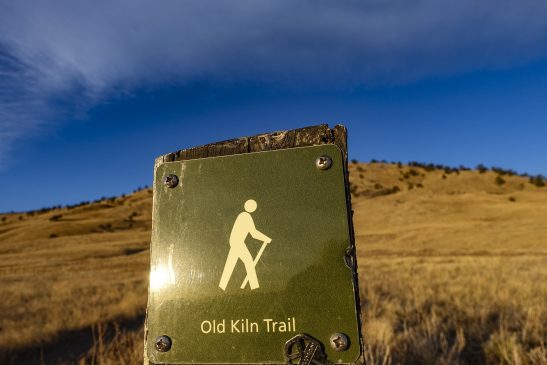

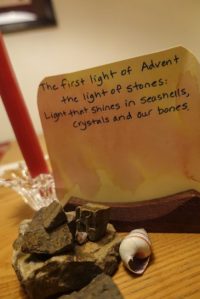
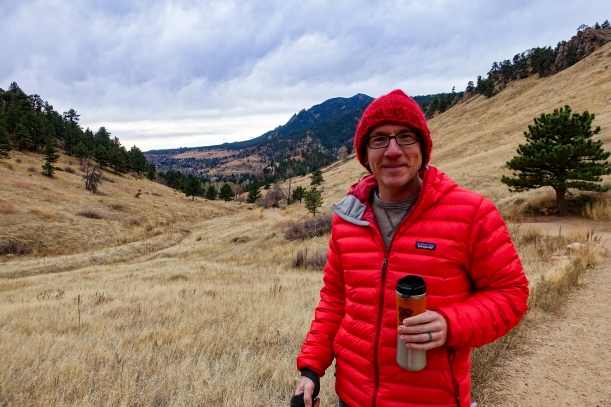


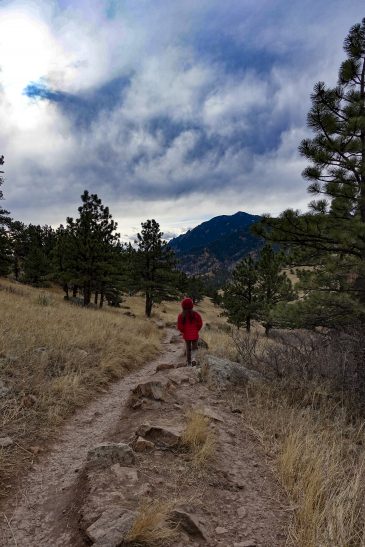
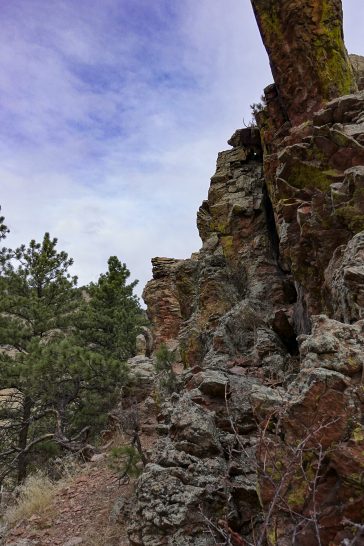

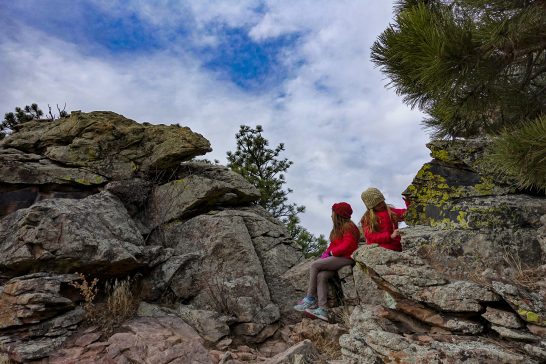

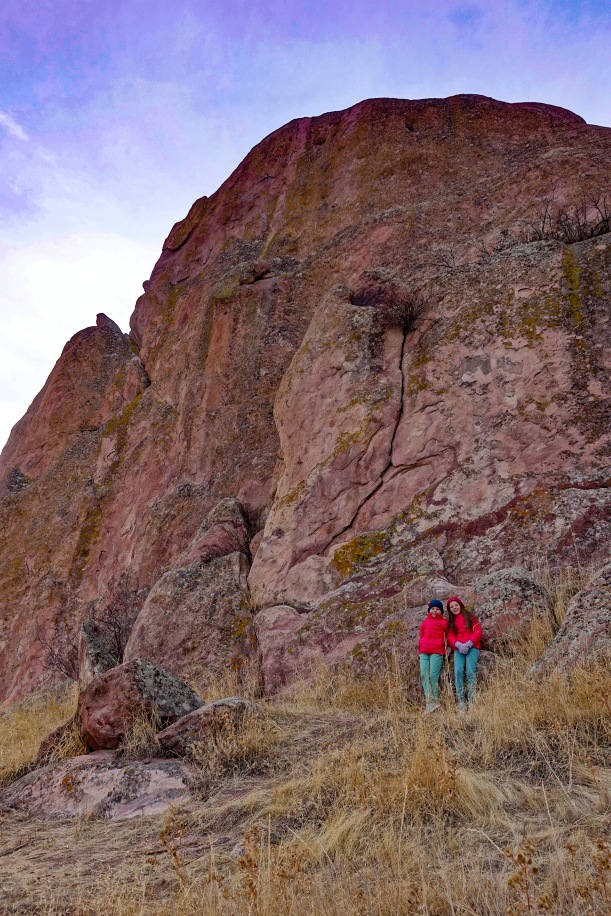

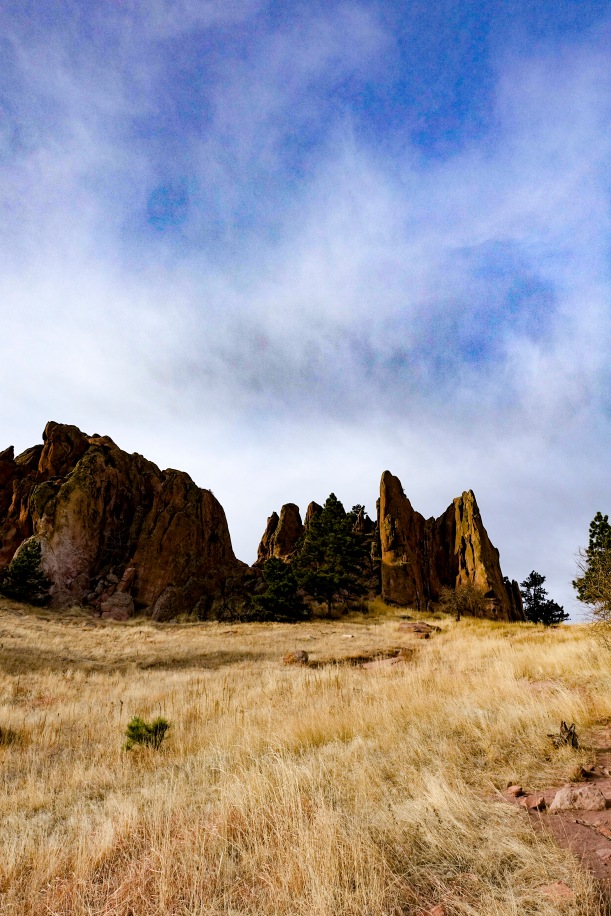

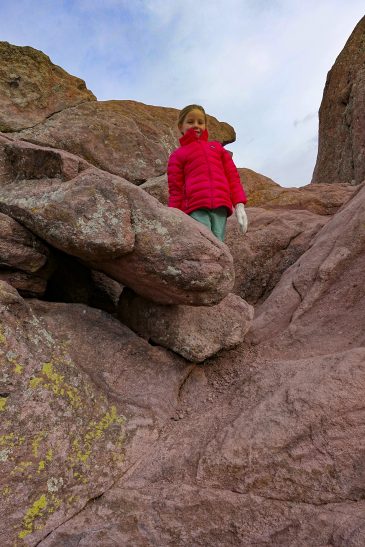
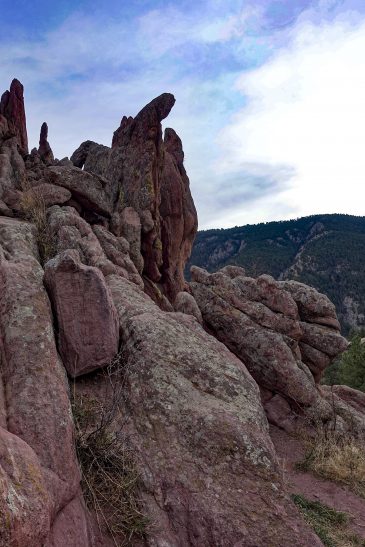


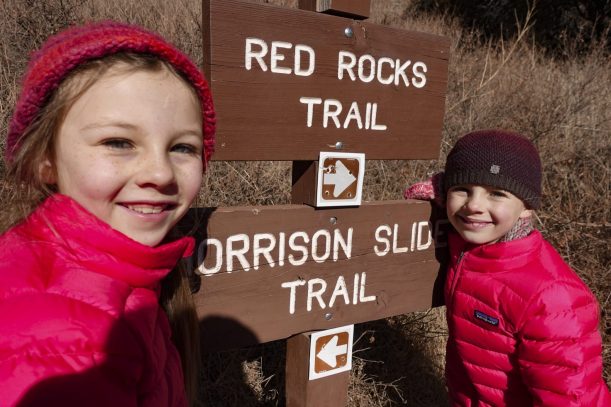
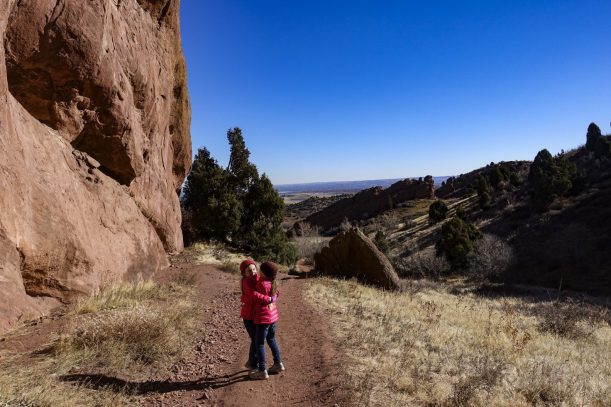
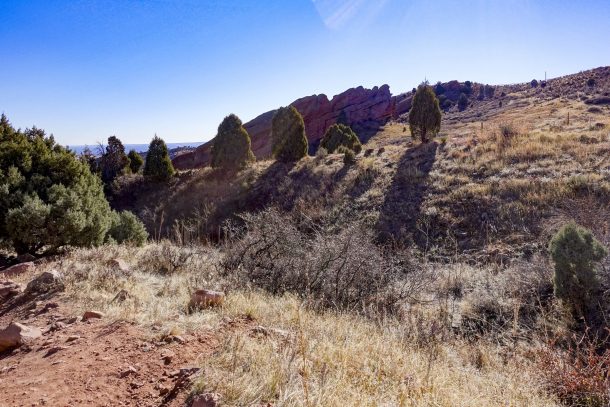

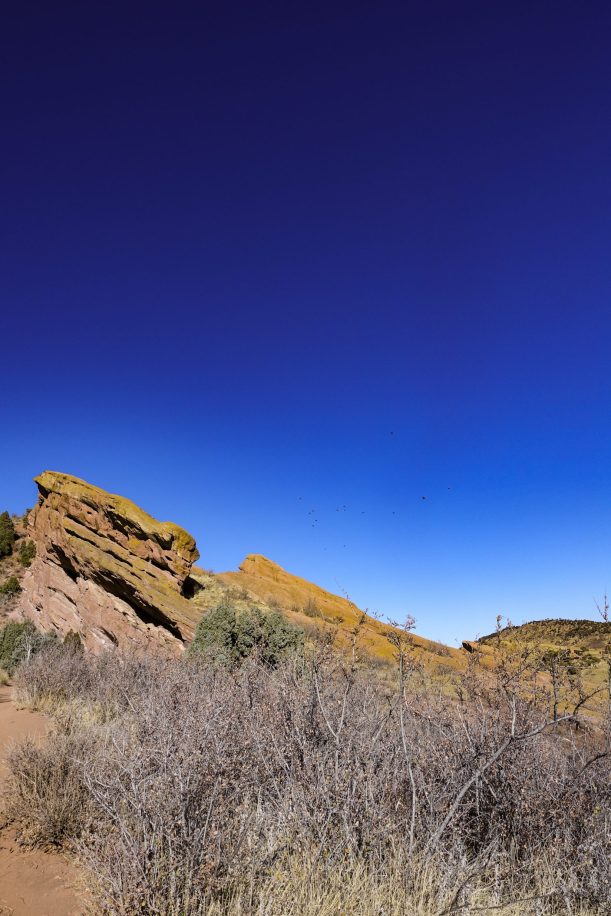








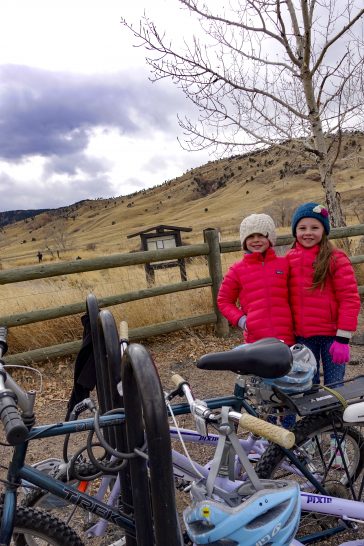







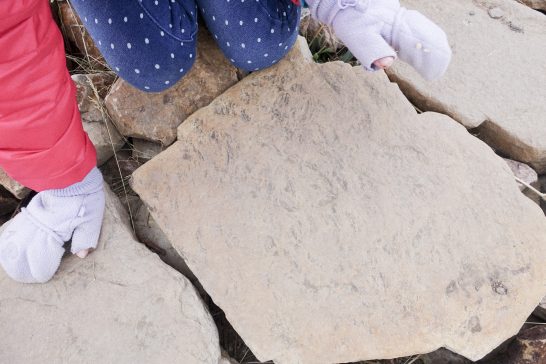
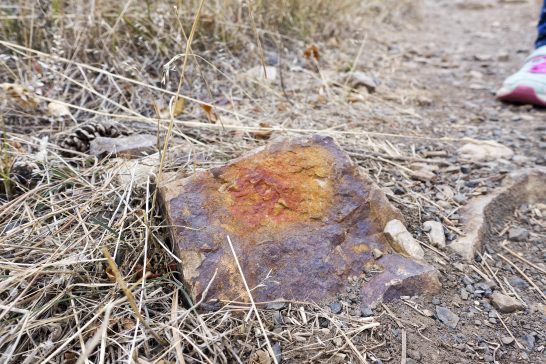
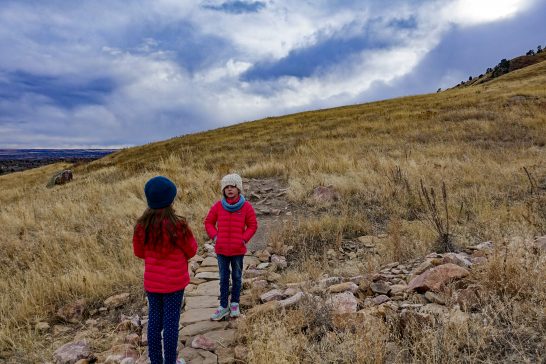


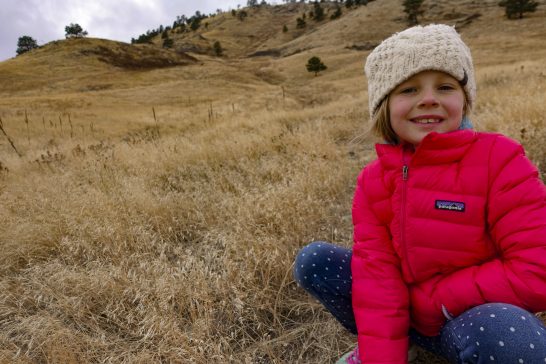

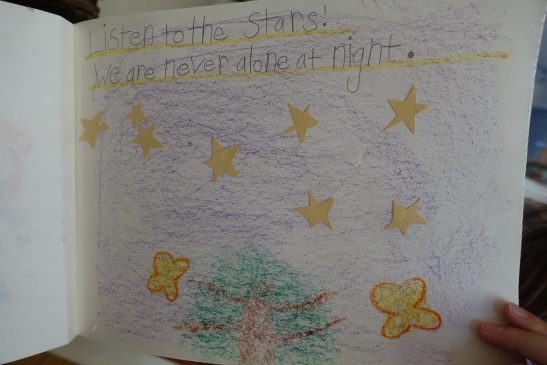






























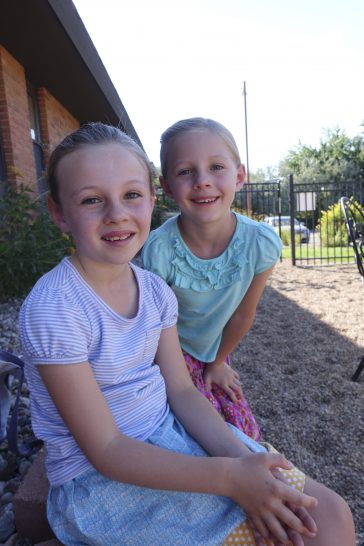
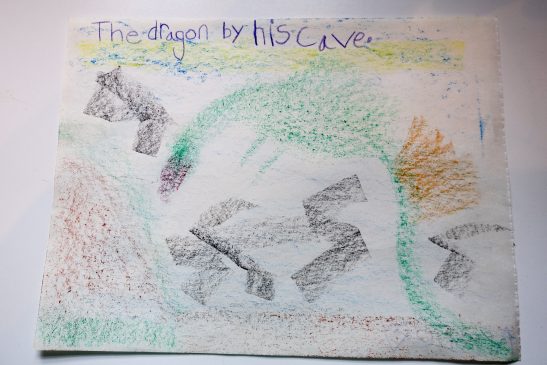

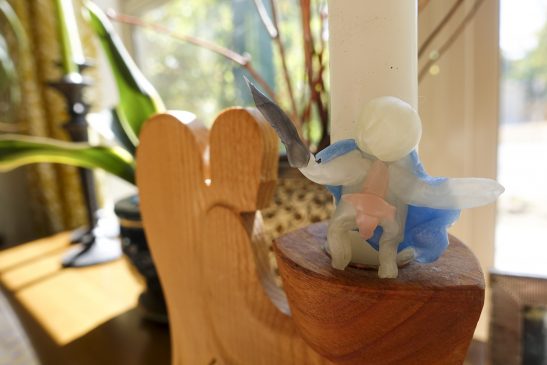
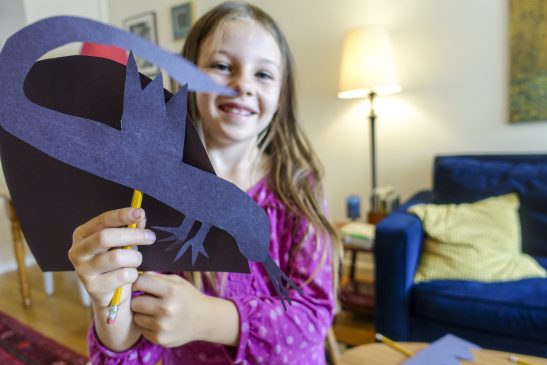


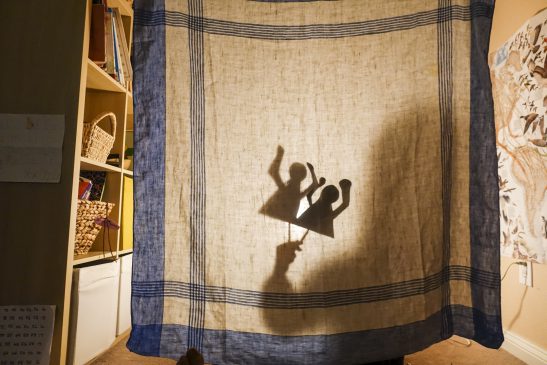

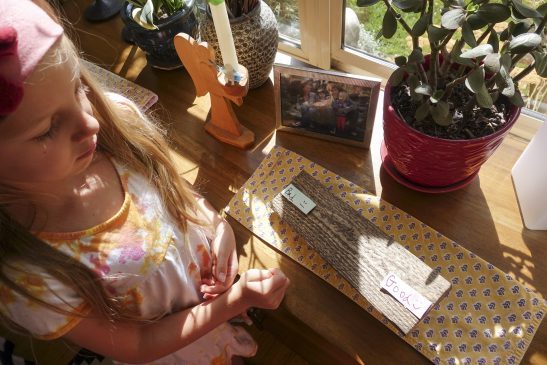
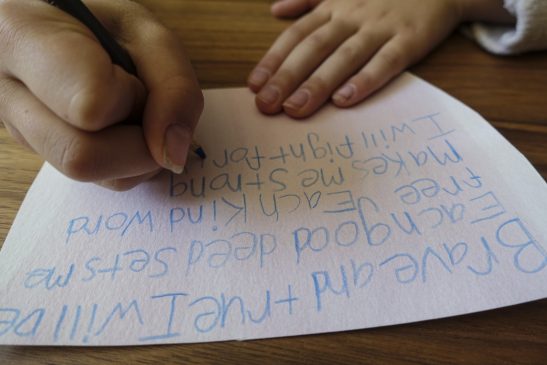
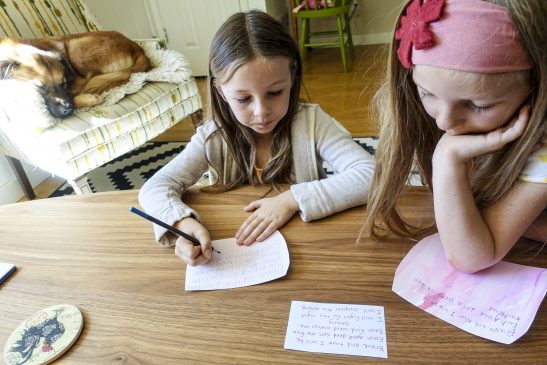

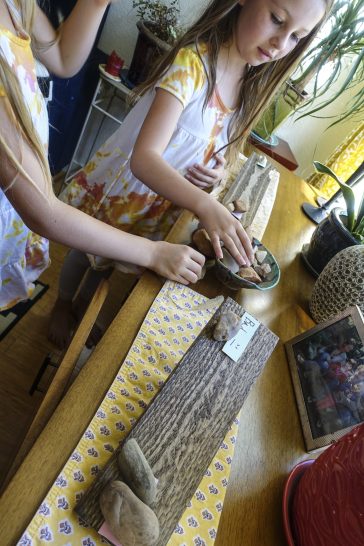
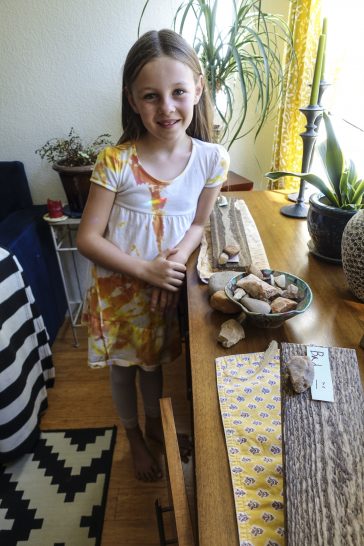







 I, like many other homeschoolers I know, struggled to pin down homeschooling plans. Anthroposophy and Waldorf education have largely directed us these years — as well as our own spontaneous spirits. I appreciate the creative emphasis in Waldorf education tremendously and what I’m learning right now is that there is room for my own creativity–especially since I do not follow a set curriculum. As I grapple with the stories for second grade (in Waldorf education typically Fables, Trickster Tales, and Saints), I keep finding myself drawn to Native American stories and ideas. One area I’m having a lot of fun planning “out of the box” is in form drawing. What is form drawing? Form drawing is unique to Waldorf education. According to a little summary from Steiner College: It helps improve eye-hand coordination, supports thinking in a non-intellectual way, aids in being more “flexible” as one learns the form in their body and then on paper. The first year was mostly straight and curved lines, some running forms. This year we continue with running forms and mirror. So think Celtic art and symbols– interlocking lines and loops–that’s where we might head one day. So I’m looking at some of our favorite storybooks and pulling from them, illustrations, “forms” that we can practice. In Byrd Baylor’s
I, like many other homeschoolers I know, struggled to pin down homeschooling plans. Anthroposophy and Waldorf education have largely directed us these years — as well as our own spontaneous spirits. I appreciate the creative emphasis in Waldorf education tremendously and what I’m learning right now is that there is room for my own creativity–especially since I do not follow a set curriculum. As I grapple with the stories for second grade (in Waldorf education typically Fables, Trickster Tales, and Saints), I keep finding myself drawn to Native American stories and ideas. One area I’m having a lot of fun planning “out of the box” is in form drawing. What is form drawing? Form drawing is unique to Waldorf education. According to a little summary from Steiner College: It helps improve eye-hand coordination, supports thinking in a non-intellectual way, aids in being more “flexible” as one learns the form in their body and then on paper. The first year was mostly straight and curved lines, some running forms. This year we continue with running forms and mirror. So think Celtic art and symbols– interlocking lines and loops–that’s where we might head one day. So I’m looking at some of our favorite storybooks and pulling from them, illustrations, “forms” that we can practice. In Byrd Baylor’s 



